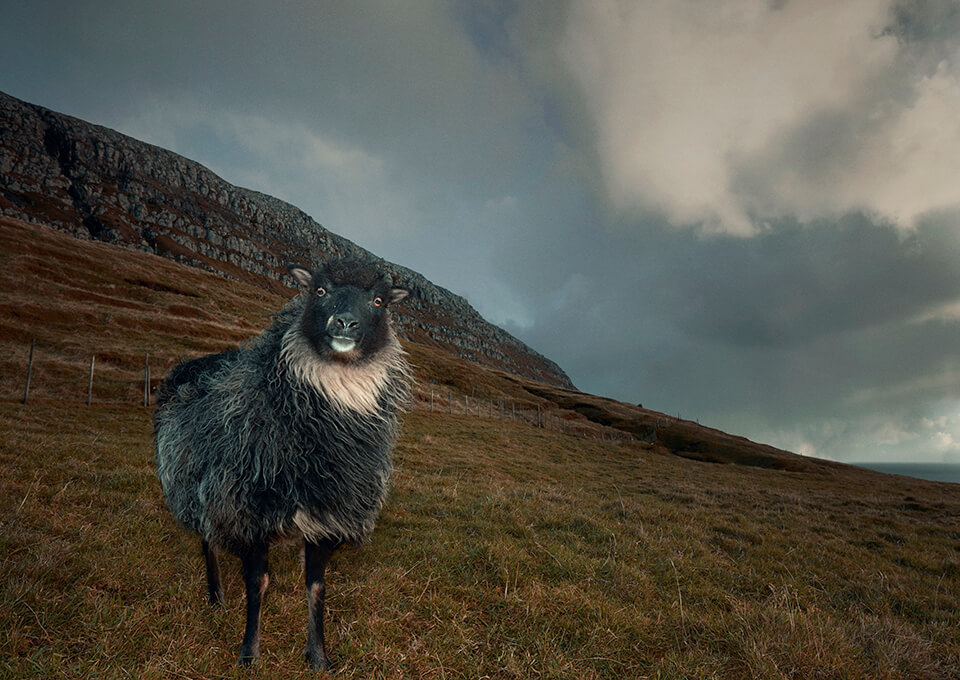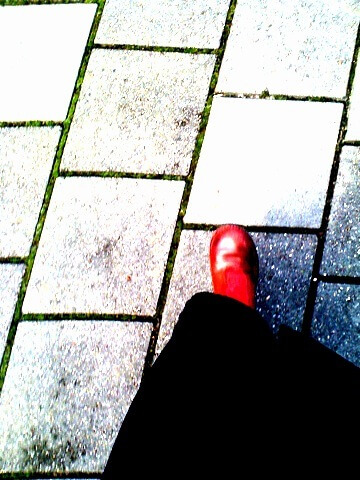The Faroe Islands are a special archipelago. Formally Danish but with their own parliament and a quirky population. They are averse to peer pressure, have their own Google Street View using sheep. Faroe Islands also means Sheep Islands. And that name is properly selected for the more than 80,000 sheep that roam very relaxed the country and its highways. With or without a camera on their back.
Faroe Islands, 9 things to know before you go
Here we share what we already found out about this extraordinary archipelago of the Faroe Islands, 9 things to know before you go:
1. Don’t mention the Danes
The Faroe Islands officially belong to Denmark, but the inhabitants of the 18 islands do not want to hear anything about it. They form a state within a state with their own prime minister, government and its own elections. They speak Faroese a language that rubs more against the Icelandic rather than the Danish.
The parliament settles in the capital, Tórshavn. As Post adress they still use the name Tinganes, derived form the oldest parliament from 800 that sat here on a peninsula in the city, called Parliament’s Point.
2. Hospitality
The inhabitants of the Faroe Islands are very welcoming and informal. They say themselves that it is quite normal to walk into each others homes without even as much as knocking. Just call ‘ hey ‘ and chances are that you immediately are invited to dinner.
No house is locked. Everyone speaks English very well and we found everybody very willing to answer our questions. We even ended up on a Hoyma. This informal music festival takes place in people’s homes. You can buy a ticket for the festival and then choose the concerts in the various homes or in beautiful old churches.
So we ende up in Syðradalur on the island Streymoy in the livingroom of Susanna & Brandur and enjoyed a concert of Danjál with on piano the son of the Minister of Culture, Danjal á Neystabø.
3. Google Sheep View
You know Google Street View? Well the funny was the people of the beautiful Faroe Islands did not. At least it was non-existing on their islands. No matter how they insisted, Google turned a deaf ear to their requests, so the quirky islanders arranged it themselves.
With the hashtag #wewantgooglestreetview they launched a media campaign in which they put cameras on sheep so that outsiders still got a picture of the islands. And it worked: they made the world press and Google gave way. But better yet, the islanders decided to stick with sheep, bicycles, wheelbarrows and canoes. Together with Google, they designed their own variant.
4. Heimablídni, dinner at peoples homes
Outside the capital, there are few options for eating out. But there you will find a different type of hospitality. You can go anywhere on the islands and eat in peoples homes via the website and facebook page.
Often these sheep farmers or fishermen serve their own products.
5. Ferry, tunnels and helikopters
The islands depend on ferries, tunnels and helicopters. Many tunnels are just a single road with cutouts for oncoming traffic. The ships go regularly but it can be useful to print the timetables in advance because there are very signs with the time schedules. Most islanders know them by heart.
At least that’s what we thought until we missed a ferry. In the winter months, not a lot of fun since there are harly any ferries. You can also make use of a helicopter from one island to another. Unfortunately, the wheater can be a pain at times, so it can be called off at the last minute as we found out when getting ready for Stóra Dímun where only two families live.
6. Grindadrap
A thorny issue, that every year sparks international outrage, is the whale slaughter, called grindadrap. When the whales are spotted, annually some 1,000 animals are slaughtered with an awl-like weapon that stops the blood going to the brain.
Although the legislation of the islands requires that the death of the animals must be within seconds, the blood colored bay, is not a pretty sight.
Important source of food
The islanders, for whom the whale has always been an important source of food because little grows on the islands, call the allegations hypocritical. One farmer told us: “These animals, unlike you pigs, chickens and calves, live a free life before they get killed. We do not take more than we need.
Let all critics engage in their own terrible factory farming. All the animals run freely here on and around the islands until they get killed. Name one country that can claim the same.”
7. Seal women and trolls
Trolls and seals women do well on the islands. Especially on Kalsoy where, on the northern tip, both the trolls and the seal women have emerged. The town Trøllanes (troll-peninsula) is named after the trolls who, according to the legend, came to the village during Epiphany. The inhabitants fled to the neighboring Mikladalur.
One night, an old woman did not manage to escape. She hid under the table while the trolls were partying. At one point she called out the name of Christ. The trolls heard the name and left to never to return.
8. Kópakonan
But the neighboring village, to where the population fled, also had its history. That of Kopakonan, the woman who is actually a seal. The story goes that the seals also go ashore during Epiphany, stripping their fur and becoming human for the duration of the night.
A farmer from Kalsoy, one night stole the fur of a woman. He held her captive and had children with her. Until one night she found the key to the box that held her fur. She put back on her fur and left for the sea. Back to her seal husband and children. Her statue now stands in the fjord at Mikladalur.
9. Music
The islanders are very good musicians. Like Scotland and Ireland, the Faroe Islands have a great music tradition. The biggest festival is the annual G-festival in the second week of July. But there are many more festivals like the Hoymafestival in November in which you listen in picturesque churches and at peoples homes to performance. Big names from the archipelago include Eivør, Teitur (Teitur Lassen), Benjamin Petersen, ORCA, Marius, Greta and Svabo Bech.
Text: Anneke de Bundel – Images: Nicole Franken
Meer Faroe islands? Do read:
- Tórshavn, tips from locals
- The ladies on the Faroe islands
- The richdom of farmer Jóhannus in Trøllanes
Faroe practical info:
- We flew in 2 hours from Copenhagen with Atlantic Airways
- We rented a car at 62°N
- We slept in Hotel Foroyar


